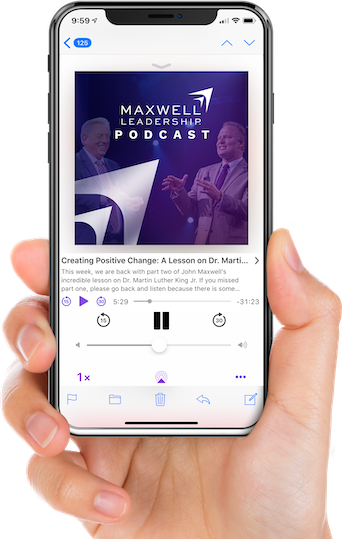Conceptual Leadership

The first day on the job can be dizzying for an incoming employee as she tries to learn how she fits into the new organization. However, the pace at which business is conducted today, with change constantly occurring, can disorient even longtime veterans. Peter Senge, author of The Fifth Discipline says that, “one of the most important tasks for leaders today is to provide conceptual leadership—helping people make sense of what’s going on around them.” Leaders make life easier for their people by setting clear expectations. Let’s look at three simple questions that you can ask to acquaint your people with your primary expectations of them.
1) Are we moving in the right direction?
My first expectation of my people is that they represent me well. I want them to know my vision and to show my values. So long as my people act with an unmistakable sense of the mission and embody the organization’s core values, then they are headed in the right direction.
2) Are we moving to a higher level?
My second expectation is that my people grow personally and professionally. I want to know the steps each person is taking both to develop themselves and to aid the development of others on the team. When my teammates display an undeniable commitment to personal growth then I am confident we are moving to a higher level as an organization.
3) Are we moving closer together?
My third expectation is that my people value teamwork. For years I’ve insisted that, “one is too small a number to achieve greatness.” Thus, I have little tolerance for people who are quick to monopolize credit when the team wins or to assign blame when the team fails. I praise and promote the people who add the greatest value to their coworkers and who repeatedly demonstrate a willingness to serve their teammates. If teammates are making each other better, if they are completing one another as opposed to competing against one another, then I know the organization is moving closer together.
Application
Since a team’s goals are constantly changing, the best measure of its health is not only the team’s distance from a desired destination but also the direction in which it’s moving. Review the three questions posed above. Are you pleased with your team’s movement with respect to its mission, growth, and teamwork? Why or why not? Have you clearly communicated expectations to those on your team?
More Articles

Do I Believe The Best In Others?

Does Love Work as a Leadership Principle?









Be the first to comment on "Conceptual Leadership"